Expansion of Aerospace Industry
The Fiberglass Yarn Market is experiencing growth due to the expansion of the aerospace industry. Fiberglass yarn is utilized in various aerospace applications, including aircraft components and interior materials, owing to its lightweight and high-strength properties. The aerospace sector's focus on reducing weight for improved fuel efficiency has led to an increased adoption of fiberglass yarn in composite materials. In 2023, the aerospace industry represented around 15% of the fiberglass yarn market, indicating a growing trend towards lightweight materials. As the aerospace industry continues to expand, driven by increasing air travel demand, the Fiberglass Yarn Market is likely to benefit from this upward trajectory.
Growth in Renewable Energy Sector
The Fiberglass Yarn Market is poised for growth, particularly due to the rising demand in the renewable energy sector. Wind energy applications, such as turbine blades, increasingly utilize fiberglass yarn for its lightweight and high-strength characteristics. The global push towards sustainable energy solutions has led to a significant increase in wind energy installations, with fiberglass yarn being a critical component in the manufacturing of composite materials for turbines. In 2023, the renewable energy sector represented around 25% of the fiberglass yarn market, suggesting a strong correlation between energy policies and market growth. This trend is expected to persist, as investments in renewable energy continue to rise, further bolstering the Fiberglass Yarn Market.
Advancements in Composite Materials
The Fiberglass Yarn Market is benefiting from advancements in composite materials technology. Innovations in the production processes of fiberglass yarn have led to enhanced performance characteristics, such as improved tensile strength and resistance to environmental factors. These advancements are particularly relevant in industries such as aerospace and automotive, where high-performance materials are essential. In recent years, the market for composite materials has expanded significantly, with fiberglass yarn being a key component. In 2023, the composite materials segment accounted for approximately 40% of the fiberglass yarn market, indicating a strong demand for high-quality yarns. As technology continues to evolve, the Fiberglass Yarn Market is likely to see further growth driven by these advancements.
Increasing Applications in Construction
The Fiberglass Yarn Market is experiencing a notable surge in demand due to its increasing applications in the construction sector. Fiberglass yarn is utilized in various construction materials, including insulation, roofing, and reinforcement products. The material's lightweight yet strong properties make it an ideal choice for enhancing structural integrity. As construction activities expand, particularly in emerging economies, the demand for fiberglass yarn is projected to grow. In 2023, the construction sector accounted for approximately 30% of the total fiberglass yarn consumption, indicating a robust market potential. This trend is likely to continue as more builders seek durable and cost-effective materials, thereby driving the Fiberglass Yarn Market further.
Rising Demand in Electrical and Electronics
The Fiberglass Yarn Market is witnessing a rising demand in the electrical and electronics sector. Fiberglass yarn is increasingly used in the production of electrical insulation materials, which are essential for ensuring safety and efficiency in electrical applications. The growing trend towards smart technologies and electronic devices has led to an increased need for reliable insulation materials. In 2023, the electrical and electronics sector accounted for approximately 20% of the fiberglass yarn consumption, highlighting its importance in this market. As the demand for electronic devices continues to rise, the Fiberglass Yarn Market is expected to expand, driven by the need for high-quality insulation solutions.


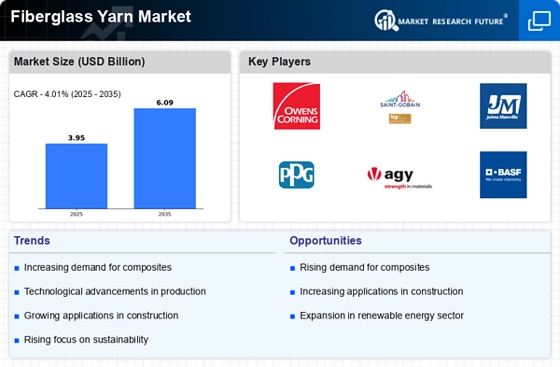
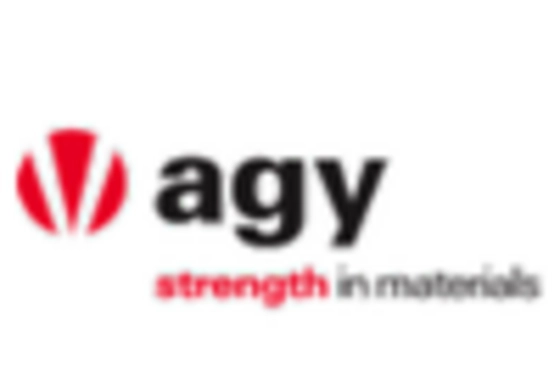

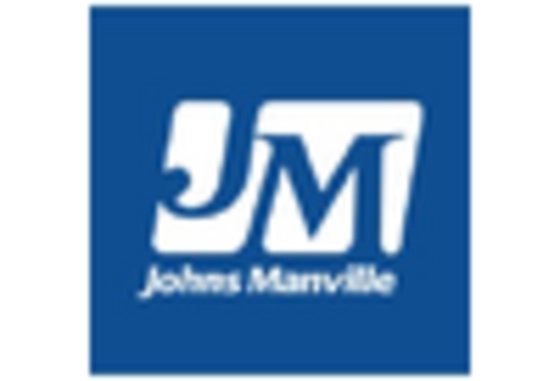
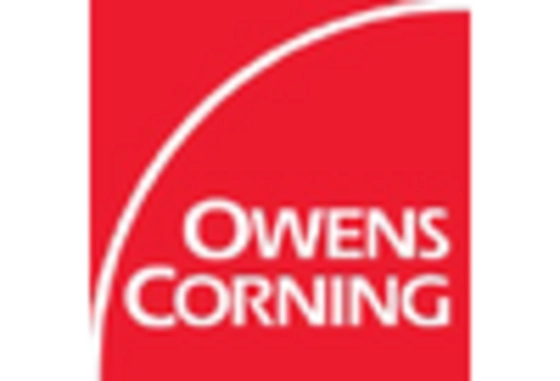
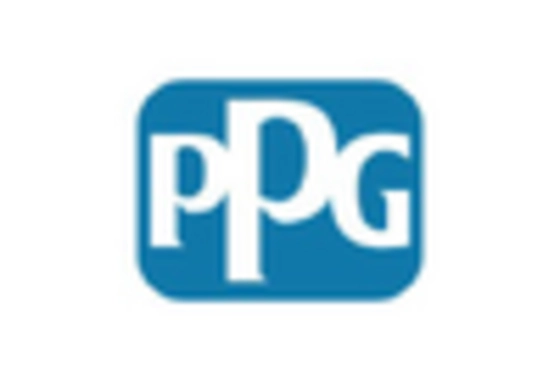









Leave a Comment